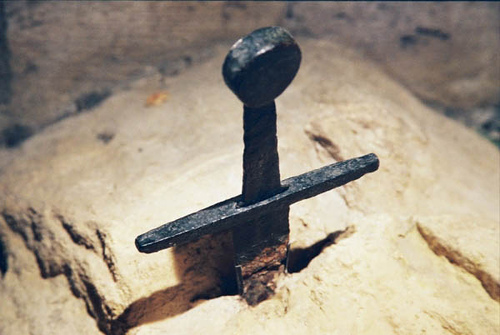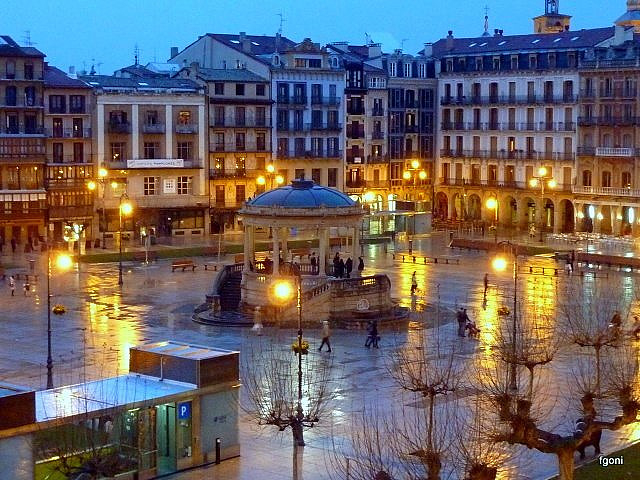The spectacle is evocative, to say the least, and the immediate reference to the Breton cycle of King Arthur and the "sword in the stone" suggests a resemblance that is not accidental.
Galgano was a young knight, born in 1147 a few kilometers from Siena. Legend has it that one night the Archangel Michael appeared to Galgano and guided him through a narrow and impassable path to the hill of Montesiepi, where he was finally welcomed by the twelve Apostles in front of a round-shaped temple. Galgano interpreted this vision as a sign of the divine will; some time later, in fact, he would make that isolated place the site of his new and final home as a hermit: having gone to the hill of Montesiepi, he abandoned his knight’s robe and thrust his sword into a rock, so as to make a cross out of it. That sword is still there, for more than eight hundred years, as a symbol of incorruptible conversion.
In addition to the awe and fascination it instills, there is another, perhaps even more attractive aspect to be grasped in that extraordinary relic: the possibility that the myth of the ‘sword in the rock,’ famous for being linked to the Breton saga of King Arthur, was actually born in Tuscany, exported from there to France and then grafted into the Arthurian cycle. A number of factors make this ‘hypothesis plausible: both the Cistercian Abbey and the Chapel dedicated to Galgano are coeval with the discovery of Arthur’s alleged tomb at Glastonbury, a discovery that had much resonance throughout Europe.
To this we connect the fact that it was precisely the Cistercians who were the most assiduous propagators of the Arthurian legend; it remains to be discovered whether those monks ‘imposed’ on Tuscany the echo of Arthur’s mythical deeds, and whether, therefore, the gesture made by Galgano was intended to emulate the Arthurian one, repeated albeit in reverse, or whether, rather, they did not transfer to Brittany an image born on the shores of the Tyrrhenian Sea, in the middle of Tuscany.
The fact remains that at least in Europe, to my knowledge, there is only one sword in the stone.













